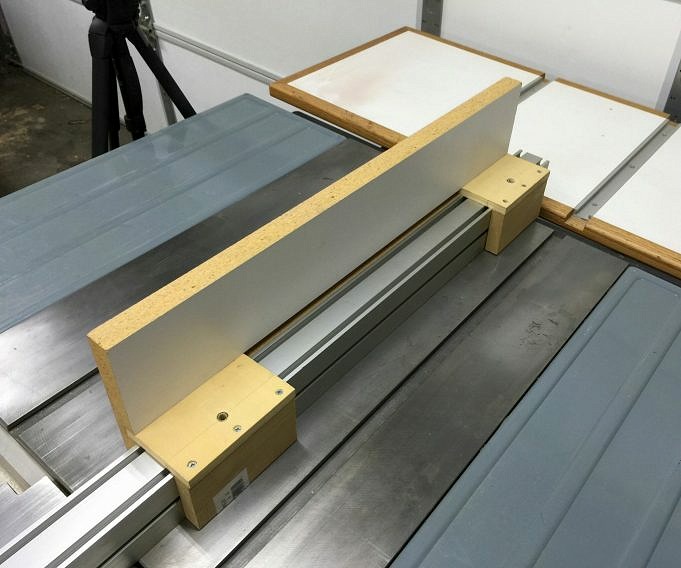Do you use a table saw in your workshop?
You should add an auxiliary fence as a tool to your arsenal. This simple addition can make a big difference in the quality of your work.
A professional uses an auxiliary fence to increase their precision in cutting wood. This attachment will allow you to make better cuts and less splintering.
Why Use An Auxiliary Fence On A Table Saw:
Here are some reasons why you might want to use an auxiliary fence on your table saw:
1. More Accurate Cuts:
A table saw’s standard fence can be used to make precise cuts. An auxiliary fence will help you achieve this goal.
2. Greater Control
With an auxiliary fence, you have more control over the cut that youre making, which can help to produce cleaner and more consistent results.
3. Increased Safety:
You are less likely to slip and cause an accident by using an auxiliary fence.
4. Increased Versatility:
5. It’s Easier To Set Up:
Setting up an auxiliary fence is typically much easier than setting up the standard fence on your table saw, so if youre not particularly handy, it can be a good option for you.
6. There Is Less Wear And Tear
Auxiliary fences don’t cause as much wear on your table saws as the standard fence. This can prolong the useful life of your tool.
7. Customizable:
An auxiliary fence can be customized to fit your specific needs, which can make it more useful for your particular projects.
These are just a few reasons to consider an auxiliary fence for your table saw. If youre looking for a way to improve your accuracy and safety when using this tool, an auxiliary fence is a good option to consider.
Safety Tips
Here are some safety tips to remember when using the auxiliary fence on a table saw:
- Make sure the blade is properly adjusted and locked in place before starting the saw.
- When using a table saw, always wear safety glasses and a dust mask.
- At all times, keep your fingers and hands clear of the blade.
- Only cut materials that are properly supported by the miter gauge or auxiliary fence.
- Do not attempt to free a jammed material with your hands stop the saw and use a wood chisel or hammer to free it instead.
- Keep the work area clean and free of clutter.
- When not in use, disconnect the power cord from an outlet.
- When using the table saw, be sure to follow all manufacturer instructions.
FAQs:
Are There Any Situations Where You Shouldnt Use An Auxiliary Fence On A Table Saw?
There are a few situations where you might not want to use an auxiliary fence on a table saw. For example, if youre working with very small pieces or thin materials, the fence can sometimes get in the way. It is best to use the miter gauge in these situations to cut your pieces.
What Is The Cost Of An Auxiliary Fence?
A typical cost for an auxiliary fence is between and
Can I Make My Own Auxiliary Fence?
Yes, you can easily make your own auxiliary fence using a piece of wood and some clamps.
What Dangers Are There If You Don’t Use An Auxiliary Fence When Using A Table Saw For Cutting?
Without an auxiliary fence, you run the risk of your material slipping off the miter gauge and getting caught in the blade. This could lead to serious injuries. A supplementary fence keeps your material in place and prevents it slipping from the miter gauge.
Conclusion:
We have shown you how auxiliary fences can improve your table-saw experience. We hope that after reading this post, you feel confident in choosing the right fence for your needs and are ready to start making some amazing cuts on your table saw.



